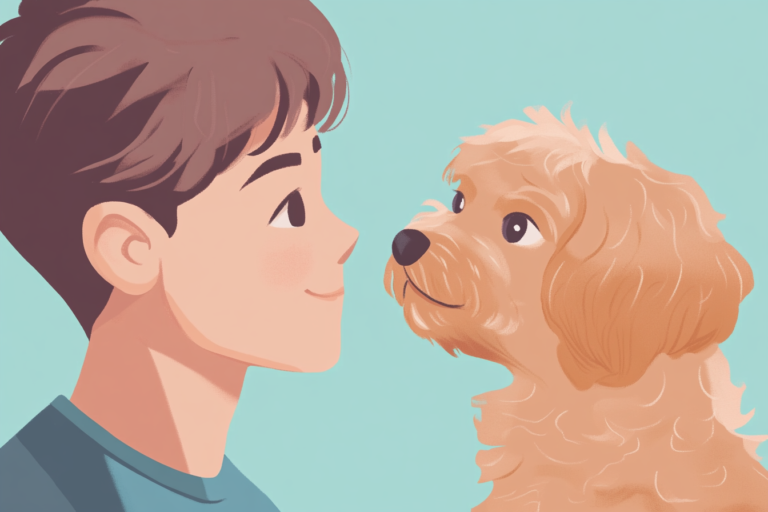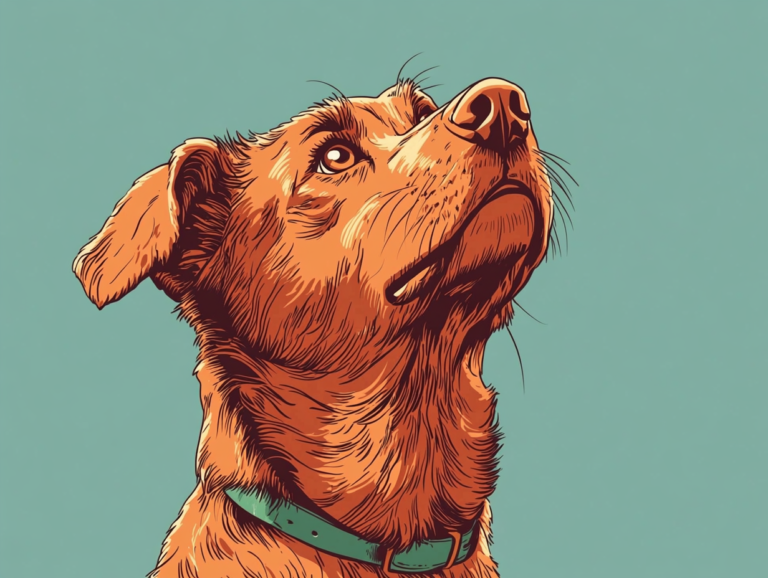If you haven’t read the first part of this story, I recommend going back to read it first, as this article picks up right where we left off.
After confirming Moma’s parvovirus diagnosis, we knew his only chance was to admit him to a top-tier animal hospital. That afternoon, we took him to the Schwarzman Animal Medical Center (AMC) in New York, one of the best animal hospitals worldwide. (They have a wide range of specialties and can even treat cancer.) The ER doctor confirmed that Moma had parvovirus and needed immediate hospitalization. Knowing he wasn’t insured, she kindly reminded me that all bills would need to be paid in full before Moma could be discharged. She also explained that it was uncertain how long Moma would need to stay in the hospital. I faced the difficult question of how much I could afford to save Moma. I replied, “$6,000, but call me once Moma’s medical bill reaches this amount. I might be able to find more funds.” She assured me that she and her colleagues would do their best, though she couldn’t guarantee anything, as dogs Moma’s size usually don’t survive parvovirus, even with treatment. The good news was that I had brought Moma in at a relatively early stage. The doctor not only praised me for taking his symptoms seriously—more seriously than the previous two veterinarians—but also for making sure he had water and syrup.
We reached out to the breeder that afternoon too to let her know what had happened. She hadn’t expected this at all and felt genuinely sorry for everything we’d been through. In an effort to ease our financial burden, she refunded both the cost of the dog and the airfare.
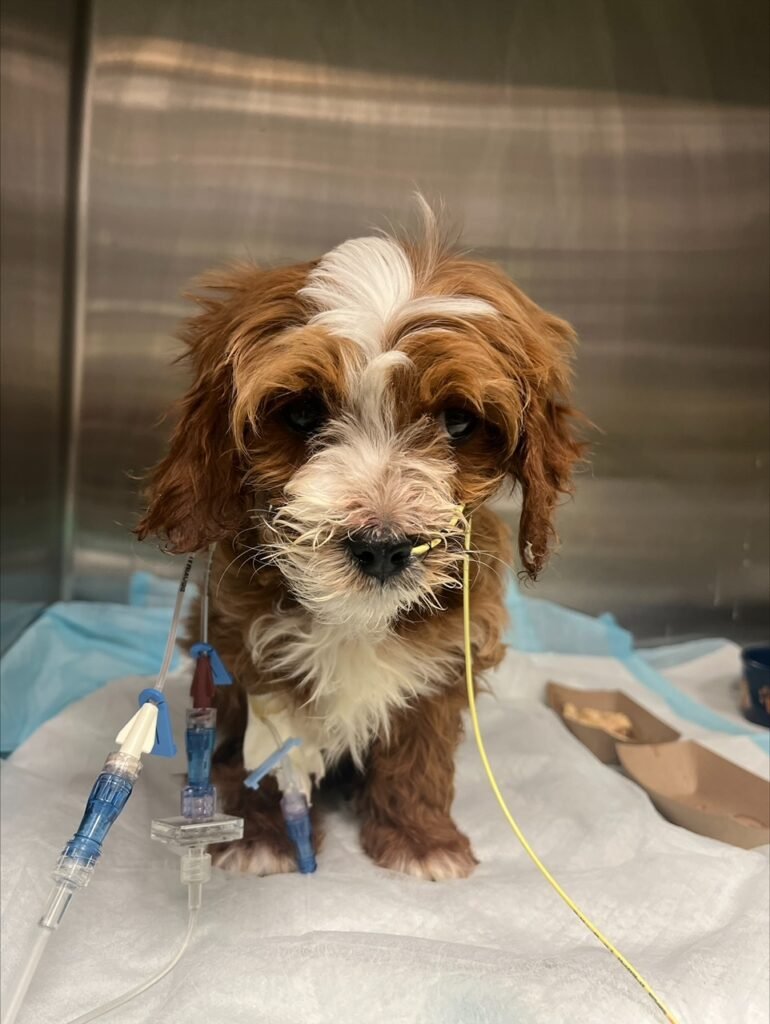
For the next 3 to 4 days, Moma’s care team called each morning with updates. He was getting better, but his appetite still hadn’t returned. Doctors recommended placing a feeding tube, allowing food to travel to his stomach through the tube so that his stomach can get used to food again. To ensure the tube was correctly placed, they performed an X-ray and were shocked to find a piece of metal in Moma’s stomach. The metal was about an inch long, yet Moma, weighing less than 4 pounds, was only slightly longer than my palm. No one could understand how such a small puppy had managed to swallow something this large. The metal looked sharp in the X-ray, so the doctors strongly recommended removing it.
I was horrified by this discovery and immediately agreed. But knowing that the procedure would be considered surgery, I asked about the additional cost. The doctor explained that if the metal could be removed through his throat and mouth, it would cost about $3,000 to $4,000; however, if this method failed and they had to open Moma surgically, the cost would be even higher. Understanding our financial situation, the doctor offered to try securing funding through hospital charity programs, as AMC is a nonprofit with a long history of helping animals in need. Fortunately, we received this funding, which fully covered the unexpected surgery.
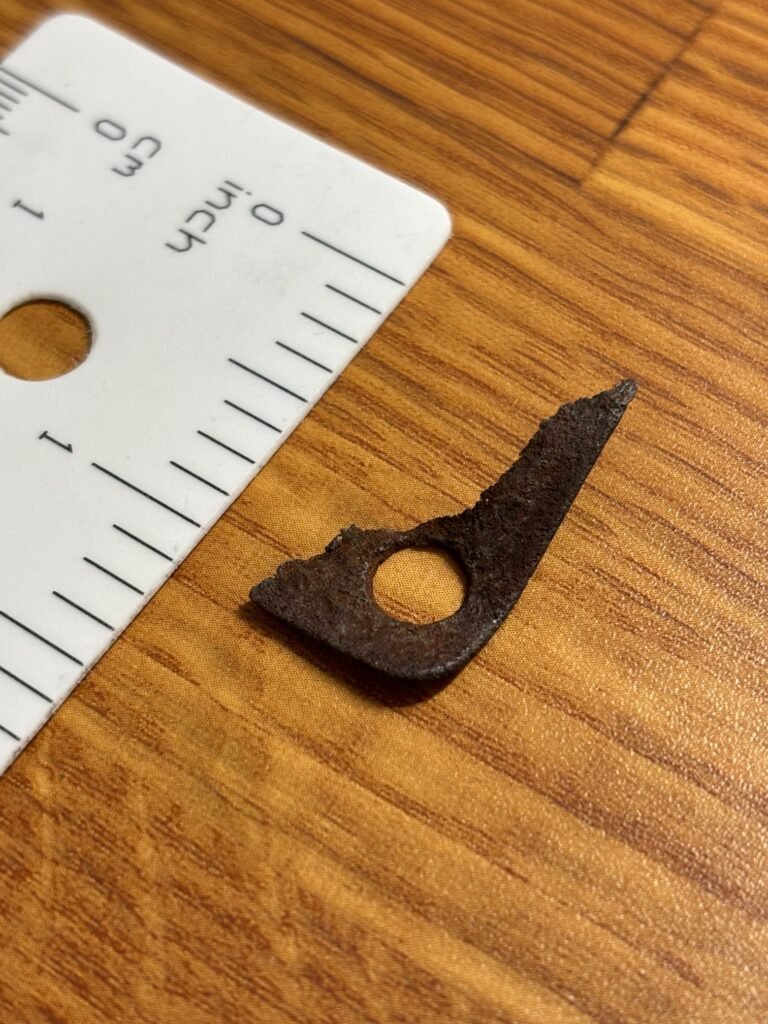
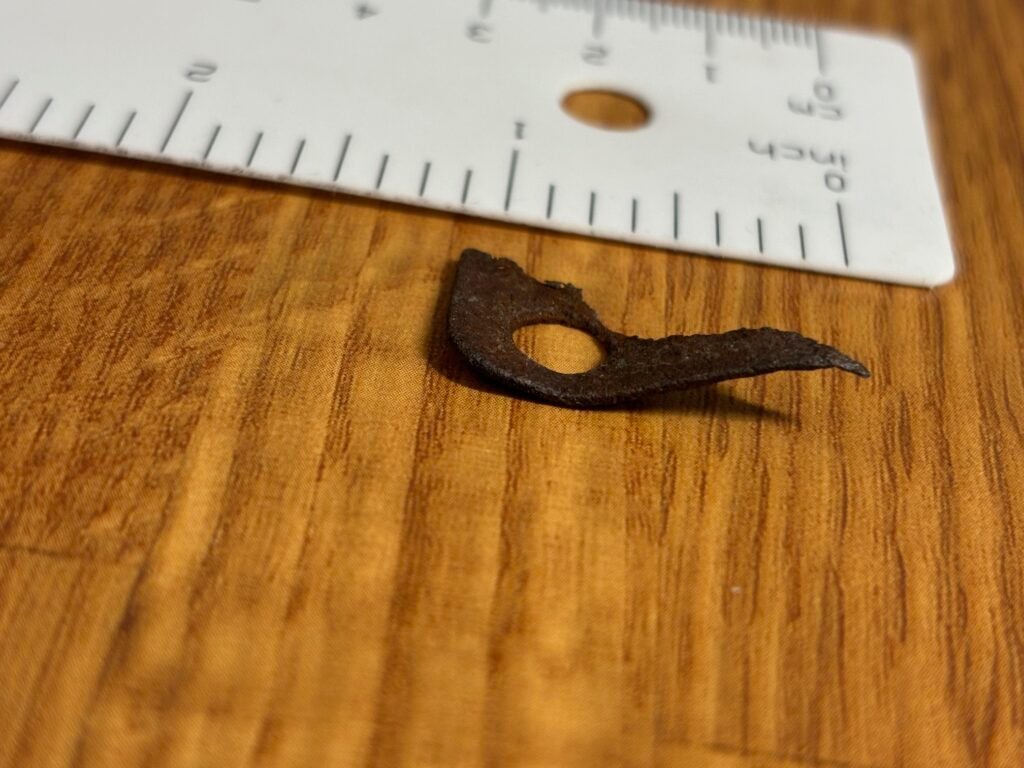
Moma ended up spending a total of seven days in the hospital, with medical bills exceeding $8,000. If he had been fully insured, our costs would have been under $2,000. Still, we were fortunate; without the additional funding for his surgery, the total could have exceeded $12,000.
Moma continued on medication at home as he recovered from parvovirus. Unfortunately, he also caught kennel cough, a highly contagious disease, during his hospital stay. Although his symptoms weren’t obvious on his first day back, they worsened over time. Thankfully, kennel cough isn’t as deadly as parvovirus, and Moma only needed antibiotics to recover at home. By this time, his insurance was effective, so we were finally able to use it to help cover his treatment.
This is the story of how I first met my dog and saved his life. I made mistakes, but I also made several crucial decisions that helped Moma pull through. Here are some key lessons I learned:
- Pet insurance is essential because medical bills can be extremely high in the U.S. Remember, most plans have a 14-day waiting period before coverage begins, so purchase it at least 14 days before bringing your dog home, especially if your dog will be traveling.
- A veterinary health check before flying isn’t a guarantee of health. Although pets are examined and their health documents signed by a veterinarian before their trip, this doesn’t ensure they’re free of illness. Some viruses are highly contagious and deadly and can be picked up at the vet (during their health check) or on the plane.
- Request a full examination (preferably including laboratory tests) when you first bring your dog home, as most puppies aren’t fully vaccinated at this stage. Some diseases are highly dangerous, so it’s best to detect them early. Moma definitely benefited a lot from early detection. Extra tip: if the seller claims your dog is fully vaccinated, don’t take their word for it. Bring your dog’s vaccination records to a vet for confirmation. Sellers often cut costs by providing cheap or incomplete vaccinations.
- Have a nutritional gel like Nutri-cal on hand. If your puppy, especially small breeds, refuses to eat, they still need adequate nutrition to avoid hypoglycemia (low blood sugar), which can be fatal.
- Another hypothesis of mine: Moma’s genetic background likely played a role as well. He descends from agility contest champions and is incredibly energetic. I have never seen a dog of his size run faster than him, and he sleeps less compared to most dogs. I suspect his strong genetics helped him survive. However, I’m not suggesting people specifically seek out agility champion descendants, as their high energy levels, if not properly managed, can lead to more destructive behavior at home. First-time dog parents may also struggle with training them.

This experience with Moma taught me that pet parenting comes with challenges, but preparation and knowledge can make all the difference. I hope our story and these insights are helpful to you.



